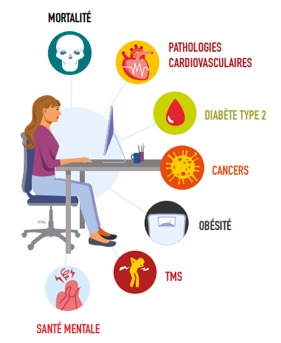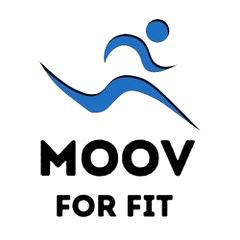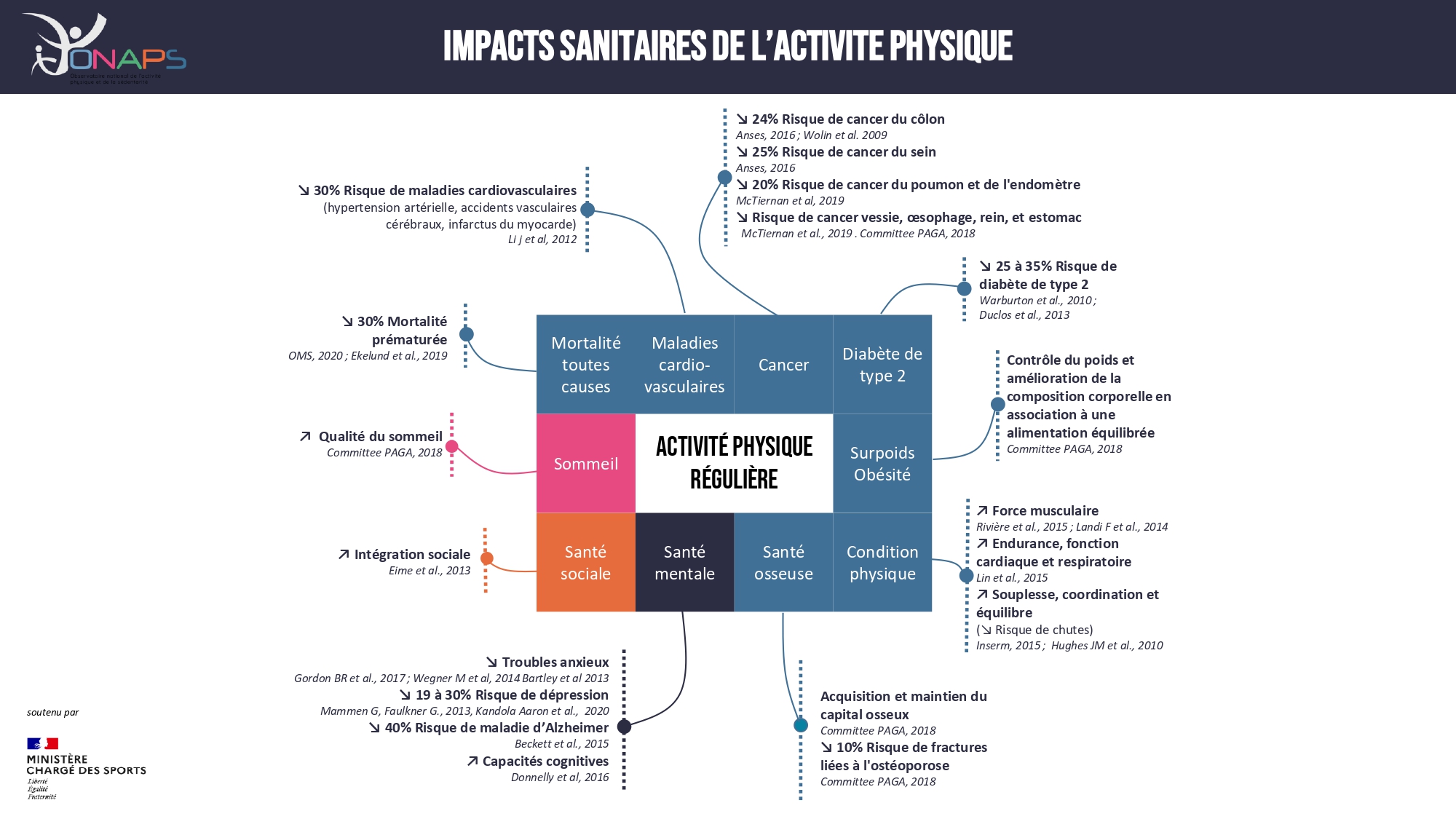Distinguishing sedentary behaviour from physical inactivity
Two distinct concepts, often confused, can actually coexist:
Sedentary posture
Sitting for prolonged periods (over 5 hours a day) combined with very low energy expenditure typical of desk-based work is what defines a sedentary posture.
It’s characterised by remaining seated for more than 30 minutes without interruption.
With today’s lifestyle, it’s all too easy to fall into this daily pattern.

Physical inactivity
Not meeting the weekly physical activity guidelines (150 minutes of moderate or 75 minutes of vigorous activity per week). According to ONAPS, regular physical activity reduces the risk of chronic diseases, improves mental health, lowers mortality, and supports long-term independence.
👉 The harmful effects of sedentary behaviour and physical inactivity are cumulative.
Addressing one does not offset the impact of the other.

A public health and corporate challenge
Lack of physical activity and prolonged sedentary posture at work lead to a rapid decline in health.
This results in a surge in absenteeism and a noticeable drop in productivity.
18% of employees are absent
Short-term: 9.5%
Long-term: 9.1%¹
Main causes of absenteeism
31% suffer from musculoskeletal disorders (MSDs)²
36% report burnout or depression²
Sources :
¹Securex, INAMI, SPF Emploi
² INRS

